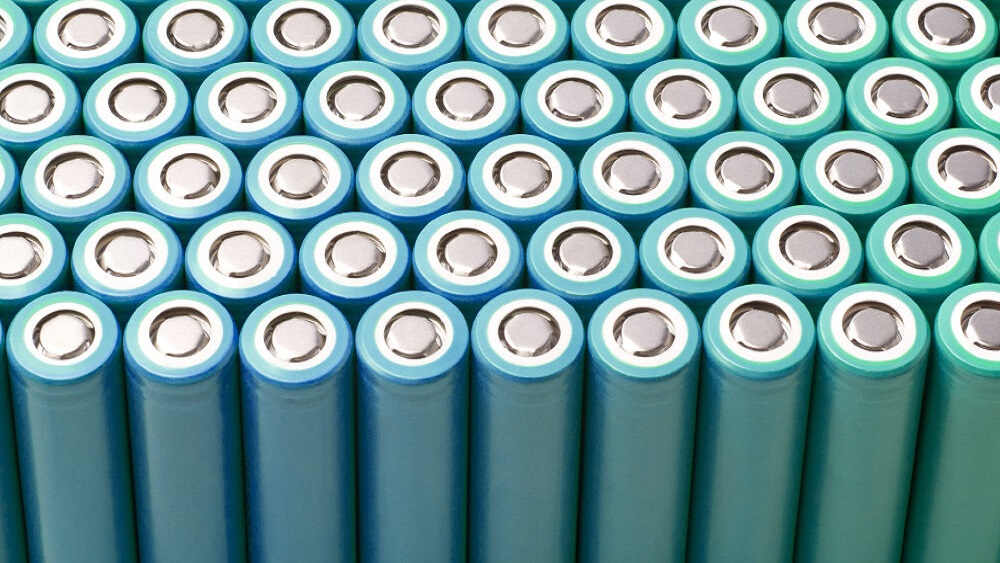Keep yourself up-to-date
Blog
Hear it from us!
Lithium-ion Batteries are here to STAY. Here’s why!
May 28

Lithium-ion batteries are omnipresent. They’re everywhere! Don’t believe us?! Well, pause for a moment and look into the specifications of the phone you’re scrolling this blog on. Repeat the same for the laptop you’re working on, the clock you’re staring at, the camera your Instagram conscious son is clicking his pictures with, the electric car your wife drives to work every day, and the list can go on and on.
But what makes lithium-ion batteries so extraordinary? Let's dig deeper into the 5 unmissable traits of Lithium-Ion Batteries.
1). With Superior Energy Density and High Power Density, one should never underestimate the power of a Lithium-ion Battery.
For the uninitiated, Energy Density (Wh/kg) is a measure of how much energy a battery can hold, whereas Power Density is the amount of power in a given mass. Now, if a battery has a high energy density then it can store a lot of energy in a small amount of mass. On the other hand, if a system has a high power density, it can output large amounts of energy based on its mass. Lithium-ion batteries have both - High Energy Density and High Power Density.
In fact, according to the Clean Energy Institute (University of Washington) - Lithium-ion Batteries have one of the highest energy densities of any battery technology today (100-265 Wh/kg or 250-670 Wh/L) and Lithium-ion battery cells can deliver up to 3.6 Volts, 3 times higher than technologies such as Ni-Cd or Ni-MH.
Hence, never underestimate the energy and power of a lithium-ion battery!
2). Low Self Discharge rate even when the battery is not installed for months.
What’s fascinating about a Lithium-ion battery is that it doesn't lose its charge very easily. In other words, its self-discharge rate is quite low which enables it to retain most of its energy even when it’s not installed in any device for months. In contrast, this is NOT the case with other rechargeable batteries that tend to lose their charge per day even when the battery is not installed in any device.
3). Lithium-ion Batteries can’t remember anything!
‘No memory effect’ may sound like a bad thing, but it is a good thing indeed. While most nickel batteries have a memory effect, which means that if the device is plugged in to charge before it's fully dead, the battery will lose its power capacity. This happens because the battery remembers only half capacity instead of the original full capacity.
This precisely is NOT the case with Lithium-ion batteries, as the battery doesn’t have any memory of the past capacity and tends to go back to its original full capacity.
So forgetting is sometimes a good thing, isn’t it?!
4). Small and Light, Versatile and Right
Lithium-ion batteries are small and light which makes them a great fit for compact devices, thereby keeping these gadgets less bulky. The credit for the same goes to the battery's lightweight electrodes - Lithium and Carbon.
These versatile batteries can also be used for various other applications, such as for electric mobility and solar storage solutions. These include E-Bikes, E-Rickshaws, E-Scooters, E-Wheelchairs, E-Cars and other E-Vehicles too. These batteries are also highly appropriate for Solar Storage Solutions such as - Solar Home Lighting Systems, Solar Street Lights, Solar Water Pumps, Power Conditioning Units and various other applications. What’s intriguing is that lithium-ion batteries CAN also be customized based on your requirements at Renon India, thereby opening doors to new possibilities and innovations.
5). Lithium-ion Batteries have more Charge Cycles.
When it comes to Lithium-ion batteries, each charge cycle completes differently. For instance, if you use 60% battery capacity today and then recharge your battery to a full 100% the same day, it is NOT considered a full charge cycle. A full charge cycle will only be considered when you use the remaining 40% the next day which will then add up to 100%. This way, one cycle is completed in 2 days.
Small wearable batteries deliver about 300 cycles whereas modern smartphones have a cycle life requirement of 800 cycles and more. The largest advancements are made in EV batteries which talk about the one-million-mile battery representing 5,000 cycles. Furthermore, the numbers may vary according to different studies, but lithium-ion batteries last several times the number of cycles as lead-acid batteries, resulting in a longer effective lifespan for lithium-ion products.
Hence, now you know why Lithium-ion batteries are here to STAY! If you are eager to learn more about lithium-ion batteries and their applications, click on the link right here: https://www.renonindia.in/applications